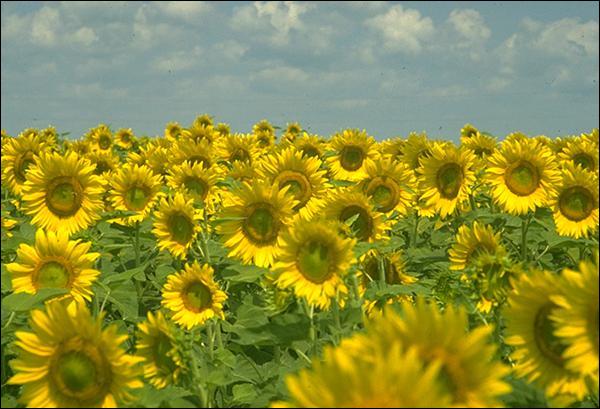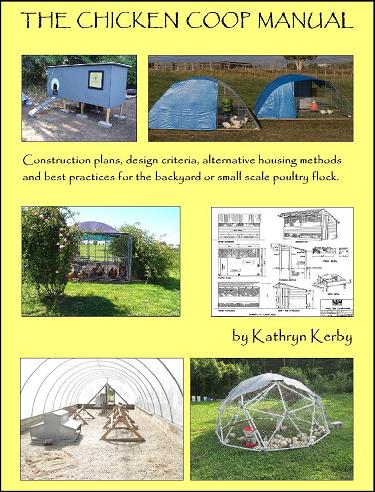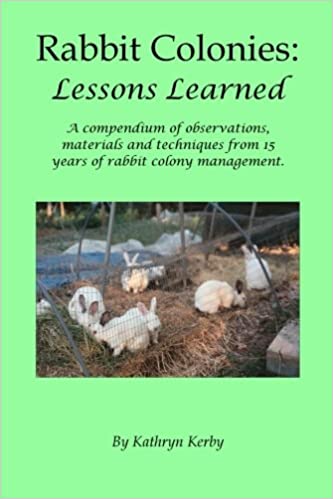|
Search this site for keywords or topics..... | ||

Custom Search
| ||
Field Crops at Frog Chorus Farm

The vast majority of our efforts so far have been geared towards our livestock operations, which are detailed on other pages. However, we are starting to build that next phase of our farm plan - field crops. And as always, we'll be experimenting with a lot of different crops, methods, equipment, and markets. Some of those plans are fairly conventional in nature, but others have never, to our knowledge, been tried. If nothing else, this portion of our farm operation will never be boring!
Grain Crops
When you say "wheat" or "oats" or "corn" or any other grain name, the first thing that comes to mind is acres and acres of monocrop, typically in some specific part of the country. Our goals are very different. We hope to model a system of farming from the early 20th century, where small plots of various grains were all grown on the farm, both as a market crop and a fodder crop.
Our efforts with wheat, oats, corn and barley have so far been fairly disappointing, for a variety of reasons. First, we can certainly plant the cool-season grain crops and get a good harvest from them. But how to harvest it? That was the problem. The vast majority of harvesting equipment is geared either for extremely small scale growth, or extremely large scale growth. Our small plots proved to be a true hassle when it came time to harvest because we simply didn't have the right tools, and hand harvesting took days, if not weeks, to finish.
On the other hand, the corn we've grown in the past has never started early enough, or had enough heat and sunlight during the summer, to provide us with enough harvestable grain to be worth the effort. The ears would have been simple to pick, if there had been ears at all.
Our efforts this year will cover those two challenges, and whatever new challenges might come up in the process. Join us here for updates on that new branch of our farming efforts.
Root Crops
Root crops don't generally inspire much excitement. They're heavy, they can demand lots of specialized equipment to plant, cultivate and harvest, they don't offer a lot of profit margin and they are not even a big part of our modern diet. So who in their right mind would want to grow them? Our major reason: animal feed.
A wide variety of root crops used to be grown as feed for many classes of livestock. That feed provided valuable calories during winter, and/or during periods of heavy work or growth. When railroads made long-distance grain transport more cost effective, grains became the predominant high energy feed source. However, now that energy costs are going up again, both in terms of grain harvest and transport, thoes root crops deserve another look.
We've already worked with carrots and fodder beet (also known as mangels) in our feeding plans for various livestock. We've been very pleased with the results. This year we're growing carrots and mangels specifically as fodder crops. As the season progresses, we'll post our results here.
Management Intensive Grazing
Most of our livestock species would naturally spend most, if not all, of their time on pasture if it weren't for human management. Our efforts to provide the best possible livestock management must therefore include at least some pasture. But our plans go well beyond a single big fenced field of grass. Instead, we are working towards intensively managed, perennial pastures featuring a diverse population of grasses, legumes and succulents.
That description is nice but it's a lot of work. Careful pasture management must include more than minimal fencing, water supply, clipping and growth-sensitive rotation schedules. If we manage our pastures correctly, each year they'll get better, richer, better-producing and less prone to erosion, nutrient leaching, compaction and noxious weed growth. If we don't manage our pastures well, we can very easily end up with nothing but expensive mud pits or dust bowls, depending on the season.
As if that wasn't enough of a challenge, our various classes of livestock each need different things from the pasture we'll have available. Juggling those needs will be very much like keeping half a dozen slippery little juggling balls all in the air. But the information and the expertise and the successful examples are all out there. We'll be sharing that learning curve on the website even as we're applying those lessons here. Stay tuned.
Other Crops
Our farm is not particularly large, but its shape and natural features give us the opportunity to experiment with a wide variety of other alternative crops. These include:
* Hay - a natural complement to our pasture management
* Seeds and Nuts - valuable additions to our animals' diets
* Succulents - vital feed crops in midsummer's heat * Small Scale Harvesting methods
* Low-Cost Fodder Storage options
Stay tuned as we explore all these crop options. Of course we'll detail our findings here, with more added as we go!
Our Successful Farming and Ranching Books

We released our very first self-published book. The Chicken Coop Manual in 2014. It is a full color guide to conventional and alternative poultry housing options, including 8 conventional stud construction plans, 12 alternative housing methods, and almost 20 different design features. This book is available on Amazon.com and as a PDF download. Please visit The Chicken Coop Manual page for more information.

Rabbit Colonies: Lessons Learned
We started with rabbits in 2002, and we've been experimenting with colony management ever since. Fast forward to 2017, when I decided to write another book, this time about colony management. The book is chock-full of practical information, and is available from both Amazon and as a PDF download. Please visit the Rabbit Colonies page for more information.
The Pastured Pig Handbook
We are currently working on our next self-published book: The Pastured Pig Handbook. This particular book addresses a profitable, popular and successful hog management approach which sadly is not yet well documented. Our handbook, will cover all the various issues involved with pastured hog management, including case studies of numerous current pastured pig operations. If you have any questions about this book, please Contact Us.